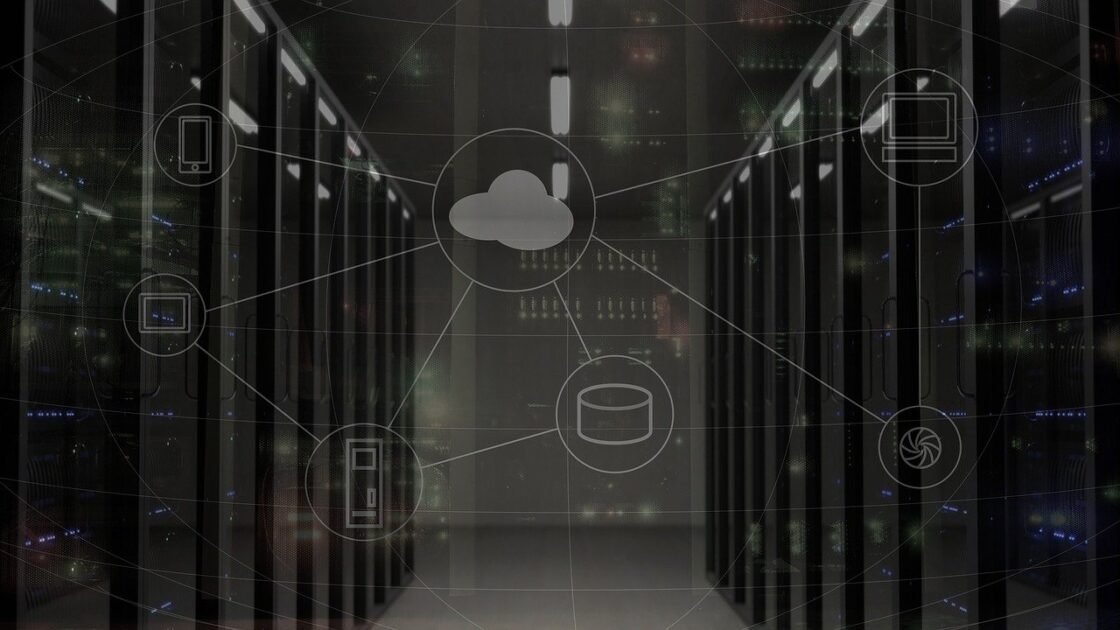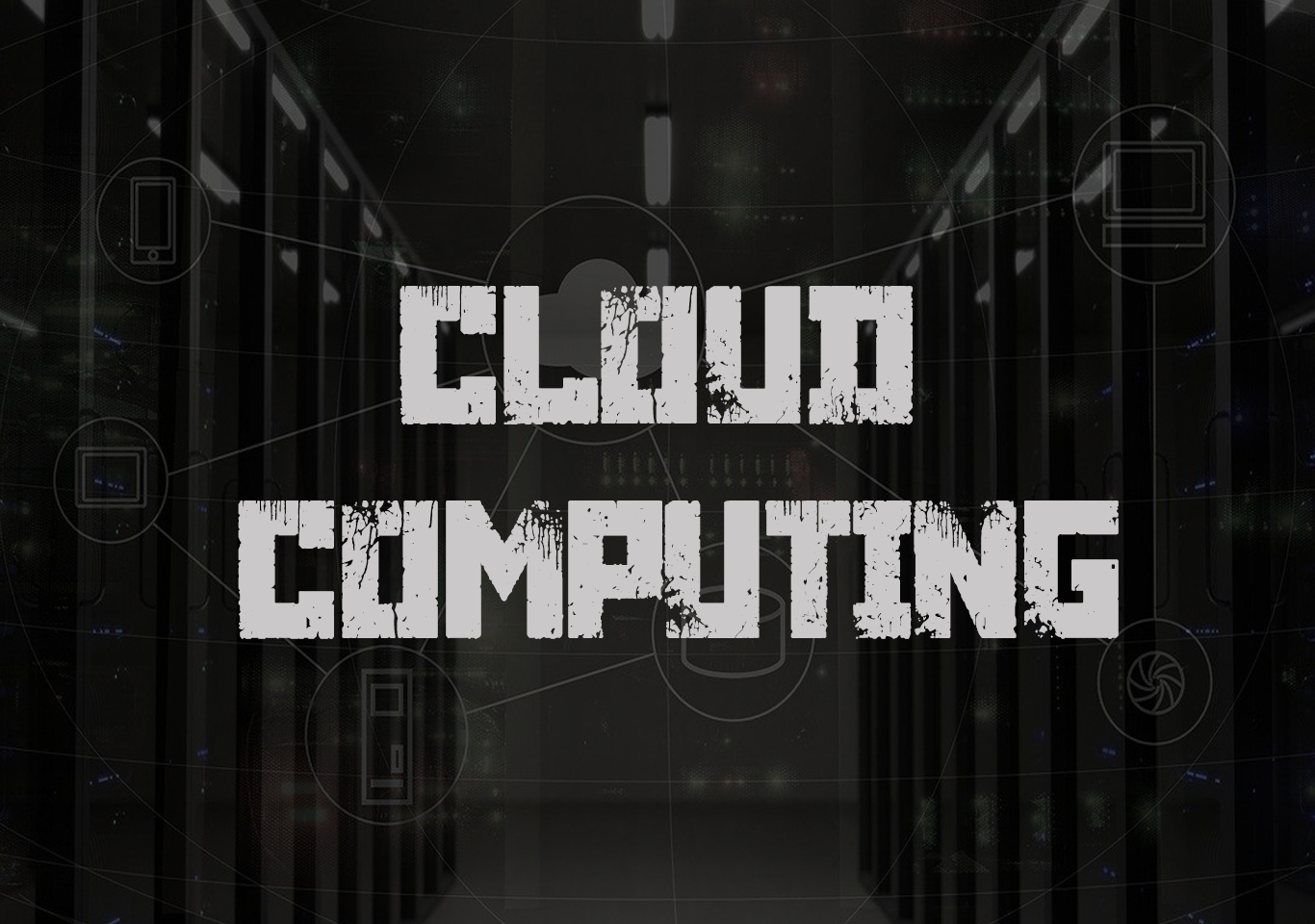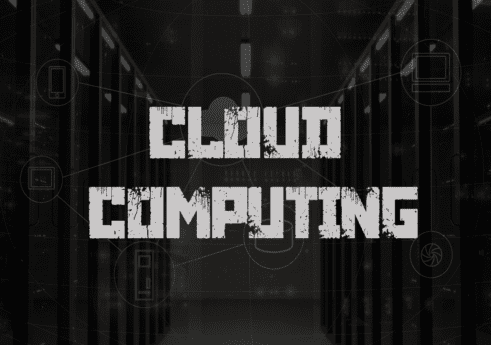Introduction
Cloud computing is a way of using computing resources and services over the internet. It offers cost effectiveness, flexibility and scalability for its users.
The concept of cloud computing has its roots in the 1950s and 1960s. In the 1960s, J.C.R. Licklider envisioned an interconnected system of computers, laying the groundwork for modern cloud computing. As early as 1961, the idea of computers as a utility, comparable to water or electricity, was put out. Computer scientist John McCarthy proposed that computing resources may be bought and sold on demand while delivering a speech at MIT. But at that time, technology was not developed enough to support this goal.
Cloud computing is the data delivery of computing services over the internet. Such as database, storage, servers, software, analytics, etc. Instead of maintaining the traditional physical data centers we can access all the services over the internet from a cloud provider. Cloud is one of the major infrastructure built as an example of modern technology. Cloud computing has also become essential in business, from small startups to global enterprises. Most of the business are operated via cloud. As the COVID19 pandemic engages the cloud has gain the popularity as people can work from home and access data on real time via internet.

Types of cloud computing deployment models
Public cloud
Public cloud models are operated by third-party cloud services providers. The provide computing services such as storage, resources, speed over the internet that allows the company to access on demand resources based on requirements and cost.
Private cloud
They are built, managed, and owned by a single organization and privately hosted in their own data centers. They provide greater control, security, and management of data while still enabling internal users to benefit from a shared pool of compute, storage, and network resources.
Hybrid cloud
Hybrid cloud combines public and private cloud models, allowing companies to control public cloud services and maintain the security and compliance capabilities commonly found in private cloud architectures.
Types of cloud computing services
Infrastructure as a service (IaaS)
Infrastructure as a service(IaaS) provides on-demand access to IT infrastructure services, including compute, storage, networking, and virtualization. It provides the highest level of control over your IT resources. This model allows businesses to purchase resources on an as-needed basis and scale them up or down with flexibility.
Platform as a service (PaaS)
Platform as a service(PaaS) offers all the hardware and software resources needed for cloud application development. With PaaS, it allows the customers to develop, run, and manage applications without the complexity of maintaining the underlying infrastructure. This model is particularly useful for developers and programmers. Companies can focus fully on application development.
Software as a service (SaaS)
Software as a service (SaaS) delivers a full application stack as a service, from underlying infrastructure to maintenance and updates to the app software itself. A SaaS solution is often an end-user application, where both the service and the infrastructure is managed and maintained by the cloud service provider.
Advantages and disadvantages of cloud computing
Advantages
- It is Cost-effective and affordable.
- Flexibility and scalability.
- Enhanced collaboration
- Disaster recovery
- Automatic software updates
- Security and privacy
- Increased speed and agility
Disadvantages
- Downtime
- Security concerns and attacks
- Limited control and flexibility
- Vendor lock in
- Internet dependency
- Lack of support
- Data breaches



Hi i think that i saw you visited my web site thus i came to Return the favore Im attempting to find things to enhance my siteI suppose its ok to use a few of your ideas